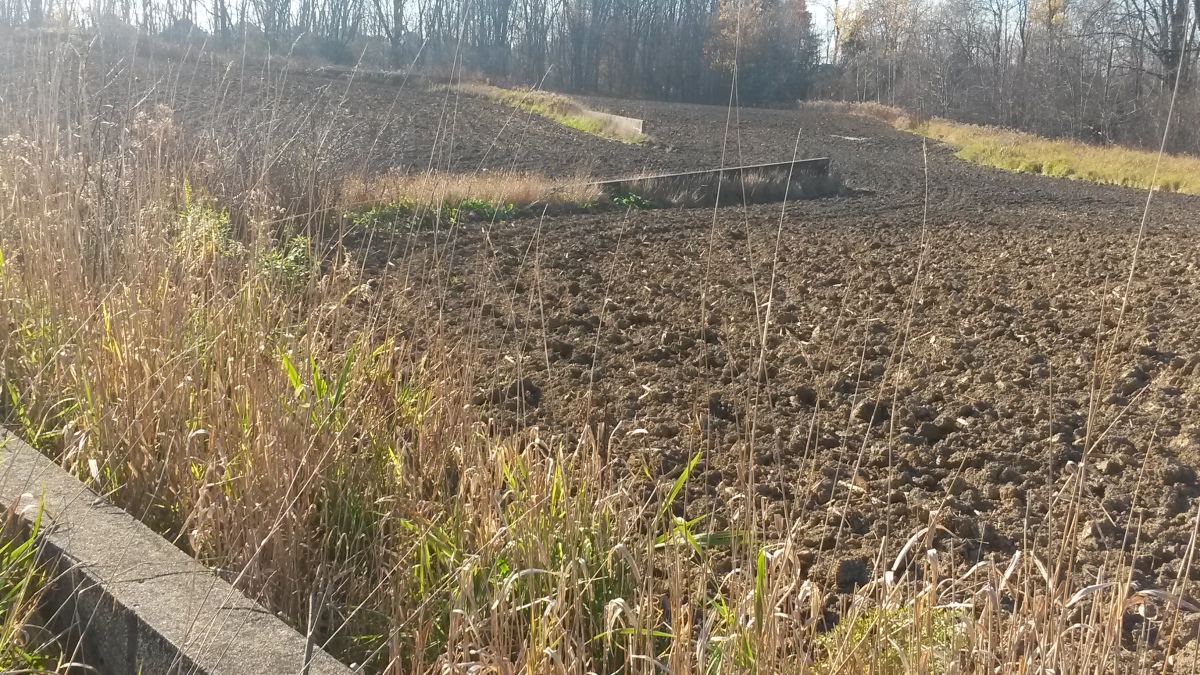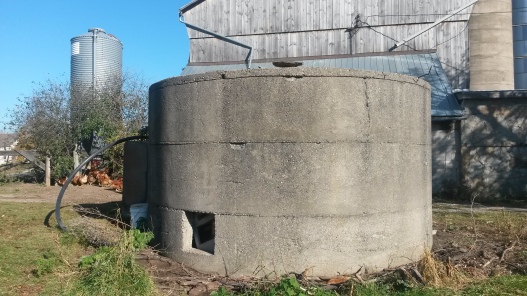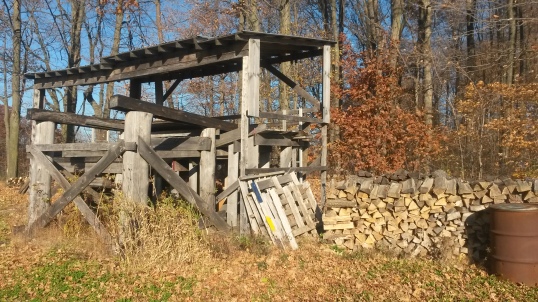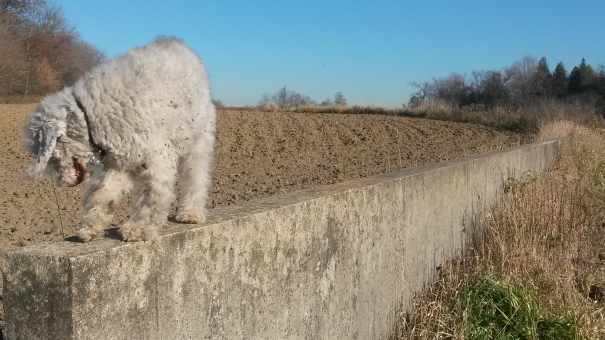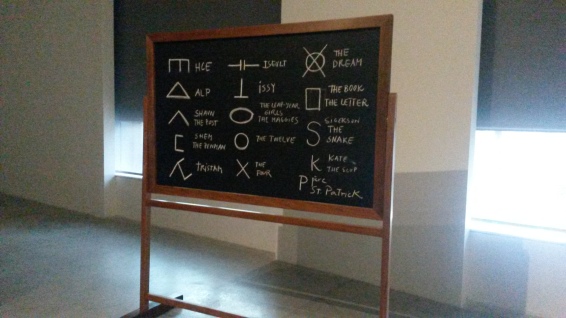Report from LA
Thin, fit, relaxed, tan, friendly: LA people are all that. (So friendly: Many will launch into their life story at the swerve of a skateboard.)
The city is heaving with cars. Red tail lights as far as you can see.
There is a gorgeous fade in the sky from blue to orange.
Malibu…..that haunting word.
I felt particularly “LA” drinking Bulletproof coffee. Who knew that regular coffee (ugh) is infested with mold! The Bulletproof slogan is “Search. Discover. Dominate.” I’m down.
Looking at art was not really on the agenda in LA but I did drop into Bergamot Station and wandered into a few random galleries.
It seemed that LA artists are in thrall of their city. They get to the heart of light, air, artifice, nothingness and the dazzling fade.
Captains of the Dead Sea, the title of an exhibit at Sloan Projects, is a collection of photographs by Alia Malley.

AZ_1164 by Alia Malley

BS_3788 by Alia Malley

DV_7352 by Alia Malley
Some of the photos have a seventies Conceptual Art feel. They achieve the unadorned documentation look so prized in that era.
Alia Malley creates a book from the work and, once assembled, a layer of Hollywood is added to the work. Are we location scouts? Have we stumbled across an abandoned set? We search for the elusive narrative in the title and sequence of images. But there is no story just soft focus, like squinting into the sun on Venice Beach.
At Leslie Sacks Contemporary work by Anish Kapoor and Mark Katano are on display.


Artwork by Anish Kapoor
The prints by Anish Kapoor joyfully capture the LA buzz.
Mark Katano’s work combines calligraphy and drip painting. I liked reading Mark Katano’s notes about the show: “Each line represents nothing more than its own creation, and each piece finds meaning in the harmony of its own structure.” Got it. I am feeling very West Coast.

Big Head by Mark Katano
Looking at Eric Nash’s paintings at Skidmore Contemporary Art made me appreciate the icon as subject. It’s all there: the blue and orange fade, the loneliness and alienation, the endless driving and searching, the desperate longing for meaning. (Note: The Sunset Blvd painting at the top of the post is also by Eric Nash)

Sunset 76 by Eric Nash
And then I stumbled across the Richard Heller Gallery’s show of work by Devin Troy Strother.

Installation by Devin Troy Strother
The show is titled They Should’ve Never Given You Niggas Money and it references a comedy sketch about Rick James by Dave Chappelle.
This is an exuberant show that takes on the tropes and stereotypes that dog black youth but it is also a carnival fun house that slams the deadly smugness of the Politically Correct with humour.




Details of Installation by Devin Troy Strother
It was another beautiful day in LA.
The Richard Heller Gallery was full of slim, blonde teenagers taking selfies and outside the sun was shining.

